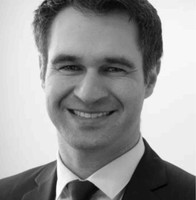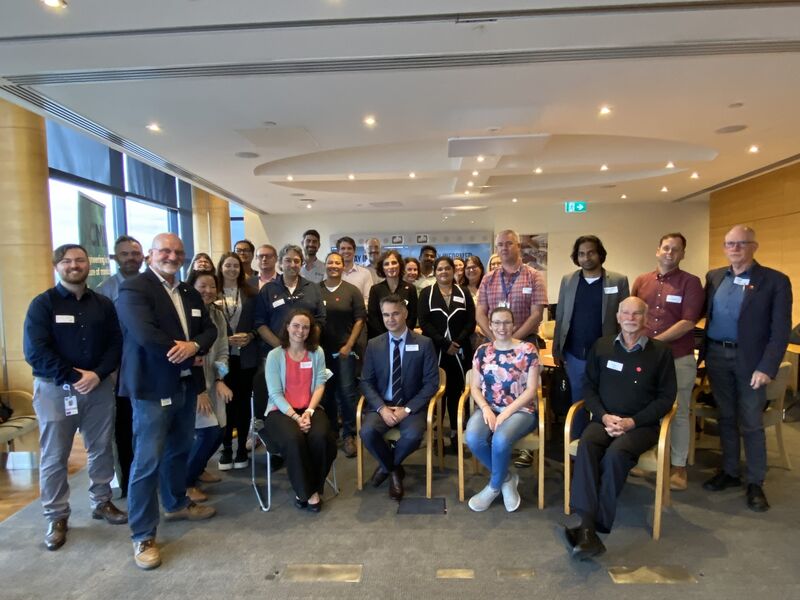Ramin Shayan MBBS, PhD (Uni Melb), FRACS (Plastics) Associate Professor at University of Melbourne
A collection of articles and blogs written for PhysioPod UK. Dr Shayan is a senior academic plastic surgeon with world-leading experience in both clinical and research aspects of angiosarcoma, Kaposi’s sarcoma, vascular malformations and solid malignancies that rely on their neo-angiogenesis for their blood supply. Dr Shayan is Director of the O’Brien Institute Department, St Vincent’s Institute for Medical Research. He has been active in supporting and managing ongoing research into vascular biology and its application to addressing serious clinical unmet needs.
DECEMBER 2025 NEWS
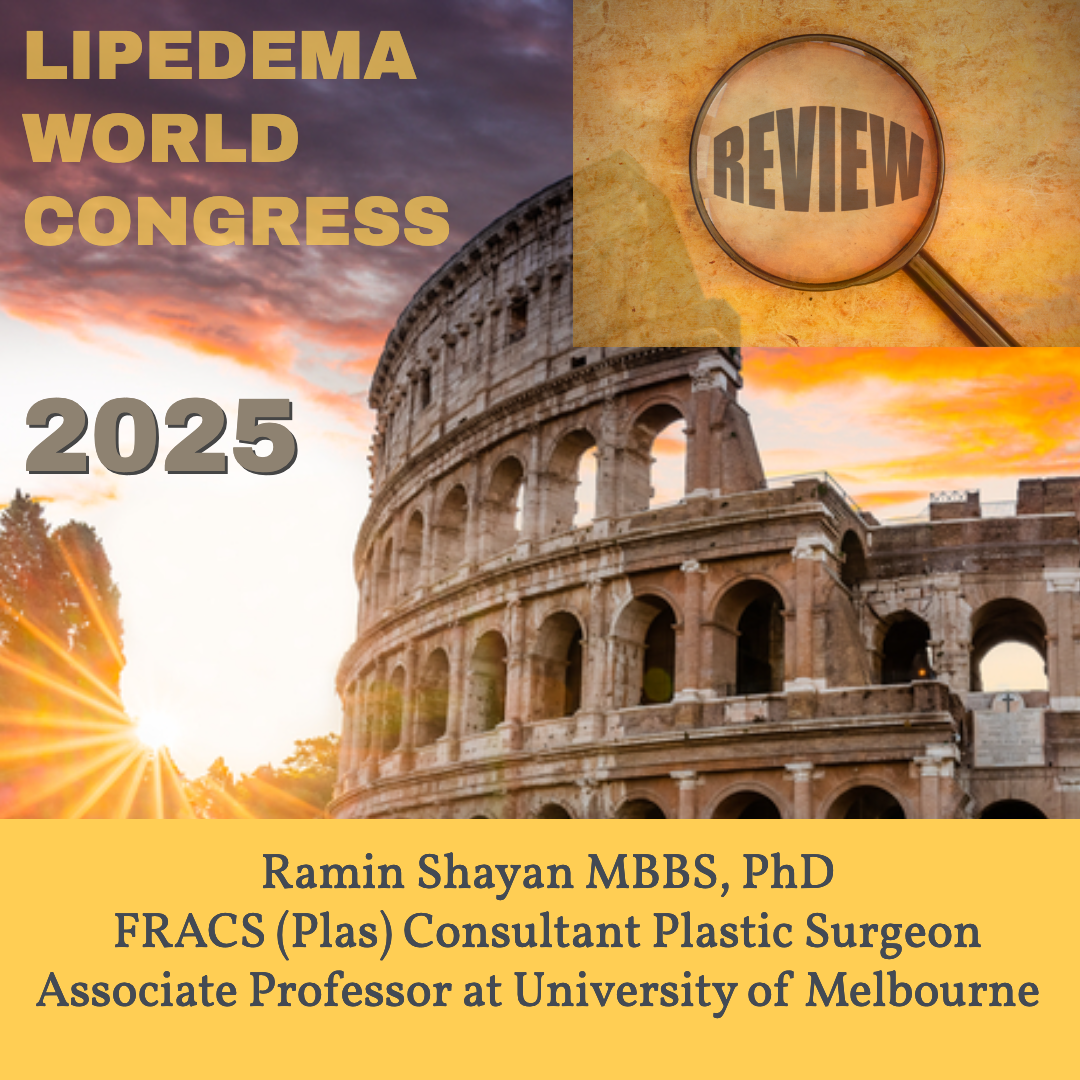
SEPTEMBER 2023 NEWS

APRIL 2023
Lymphoedema and Lipoedema News From Down Under
DECEMBER 2022
PhysioPod catch up with Ramin Shayan, Associate Professor at University of Melbourne, Australia
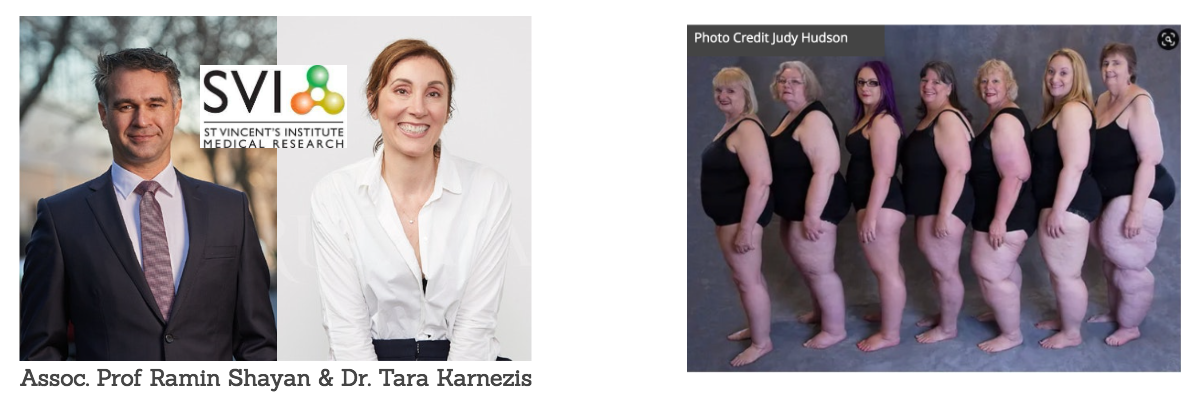
AUGUST 2022
Lipoedema month in Australia: A Tale of Two Cities
"Firstly, thank you Mary, for your kind invitation to share news of lipoedema awareness month Down Under. June was a wonderful month for Australian lipoedema sufferers and their supporters alike."
.png)
.jpg)
2022, marked the 10th year since the inception and founding of Lipoedema Australia, the peak representative body for lipoedema for our country. It was a poignant personal milestone for me, as it also marked ten years since becoming acquainted with this devastating and vexing, but also deeply fascinating disease.
As a plastic surgeon with a clinical and academic interest in lymphoedema that dated back to my earlier PhD research days (2005-07), it had been an awakening of sorts, to see that many of the patients whom I had met with lymphoedema had shared a very characteristic body shape that consisted of a phenotypical adipose tissue deposition in their legs. It was a body shape that was consistent between effected individuals from different families and which seemed to be passed down across generations in certain individuals – there had to be a reason for this - it wasn’t ‘just their shape’. At the time, there was surprisingly little about the condition to be found in textbooks, only sparse information available more generally and minimal actual scientific knowledge at all. How could this be?
READ FULL BLOG
MAY 2022

Plans for June Lipoedema Awareness Month
Hi Ramin, it’s been a little while since we communicated and I wondered if you had anything you would like to share with our readers with June being Lipoedema Awareness Month?
Hi Mary, yes indeed! There is a lot of activity in lipoedema coming up in Australia in the next month or so. On the 27th May, I am appearing in a panel with esteemed colleagues Tobias Bertsch and Håkan Brorson at the Australian Lymphedema Association annual meeting in Hobart, and in June in Sydney with Karen Herbst.
Excellent, what is on the agenda to be debated in Hobart?
I will be debating the international consensus on changing the name of Lipedema/Lipoedema. I will be arguing that we have shown in our research that lipoedema is not the same as obesity and that whilst the lymphoedema component is related to, or exacerbated by obesity in some cases, in NON-obese lipoedema patients there is a definite cohort with lymphoedema, that is a genuine part of the disease, whilst it may not be a direct cause of the disease. I will preface our up-coming paper outlining my 10-year single surgeon treatment experience of lymphoedema in non-obese lipoedema patients.
Excellent, do you have a specific question for the panel?
Yes, I will ask the question, why we, a cohort of middle-aged, non-lipoedema suffering males are “mansplaining” to patients who know their bodies better than anyone what they should feel. This disease occurs in women in 99% of cases and we need to respect that for patients who describe swelling in their tissues, it is very real and very troublesome.
READ FULL POST
NOVEMBER 2021
New Discoveries Make Steps Toward Lipoedema Diagnosis and Treatment
New research from St Vincent’s Institute of Medical Research in Melbourne Australia (SVI) on lipoedema – a debilitating chronic disease often misdiagnosed as obesity – provides a path to potential drug treatments and development of a diagnostic screening test.
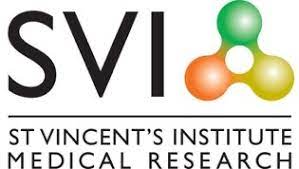 .
. .jpeg)
Led by Dr Tara Karnezis and Associate Professor Ramin Shayan, the new study has identified a stem cell in lipoedema and a gene that drives excess fat growth – elements key to diagnosing and treating the condition.
“Our findings confirm, consistent with the lived experience of families, that lipoedema is a legitimate medical condition, and that it is not the same as obesity,” said Dr Karnezis. “Our team has identified a key stem cell and some of the genetic and molecular mechanisms that underpin it.”
“We investigated tissue from people with and without lipoedema and identified stem cells that are only found in lipoedema patients. We all have fat stem cells – from which fat cells usually grow at a regular rate. But people with lipoedema have fat stem cells that differ from those in normal fat in almost every way. We found that the usual mechanisms controlling the number of fat cells produced do not function properly and these cells undergo unrestricted growth.”

